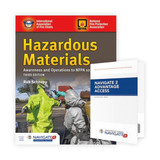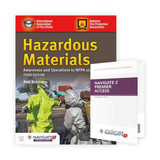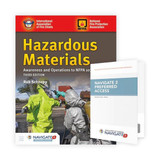Treating Victims of Weapons of Mass Destruction
Originally published in French in 2004: subsequent events, such as the London bombings in July 2005, have only reinforced the importance of all doctors and emergency personnel understanding the various agents that could be used and having the knowledge to deal with victims of an attack or even an industrial accident. Translated into English to make it available to a wider audience.
Review of all weapons of mass destruction, both chemical and biological, including the use of bacteria, anthrax and viruses such as variola and influenza. In each case, the authors describe the pathogenic agent, the human consequences, organizational aspects of care for the victims and best practice for treatment.
As one author reports, “The infections caused by potential biological warfare agents are seldom taught in the course of medical studies and the majority of physicians never encounter these types of pathology in their daily professional practice. Since its eradication, people are not trained to recognize smallpox or to make the differential diagnosis between anthrax and bronchitis.”
Other chapters cover the effects of nuclear weapons and radiation on humans as well as the features of Gulf War syndrome. An important chapter deals with the organization of medical responses to chemical or biological attack: “Planning, equipping, and training responder services are the best responses to the dispersion of chemical and biological agents.” The book addresses all those involved in the security of the civilian population, the organization of rescue services and the treatment of victims.









